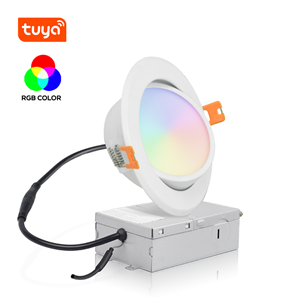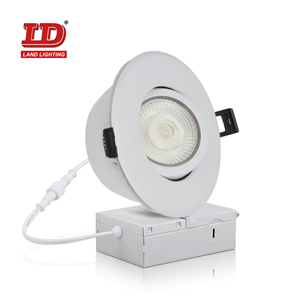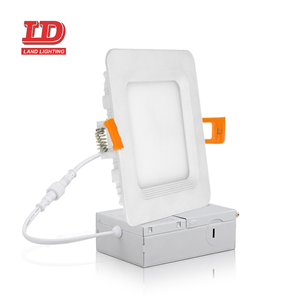Safety of LED
Safety of LED
1. Which Light Is Good for Your Health?
Light is more than just visual effects.
it can also affect your health; both biologically and psychologically.
For example:
Light can improve or disrupt your sleep, mood, and reaction time just to mention a few.
And that’s why
To fully understand the health effects of LED lights, you must first understand how different kinds of light affect you.
For instance:
Green Light strengthens muscles and stimulates the production of growth hormones.
Red Light helps to prepare your body for sleep.
Blue Light keeps you alert and awake.
Yellow Light helps to cure depression.
Orange Light stimulates creativity.
Purple Light reduces mental and emotional stress.
And the list is endless…
So, what do you learn from this?
There are different psychological and biological effects of light on humans.
You can use lighting for health and well being improvement.
You need to be careful when choosing your lighting fixtures to avoid suffering the effects of poor lighting.
Imagine this:
If you use fixtures with a lot of blue light in your bedroom, you’ll have trouble trying to get some sleep.
Or…
If you use red light to illuminate a library, a lot of the reading will be done in people’s dreams (because most of them will doze off).
Anyway, Which light is good for your health?
The best answer would be natural light aka sunlight.
Natural light is often beneficial in many ways, however, we only get around 12 hours of it in a day…
Which is the best light fixture to illuminate the four to five night hours we spend without sunlight in a day? Best answer; LEDs.
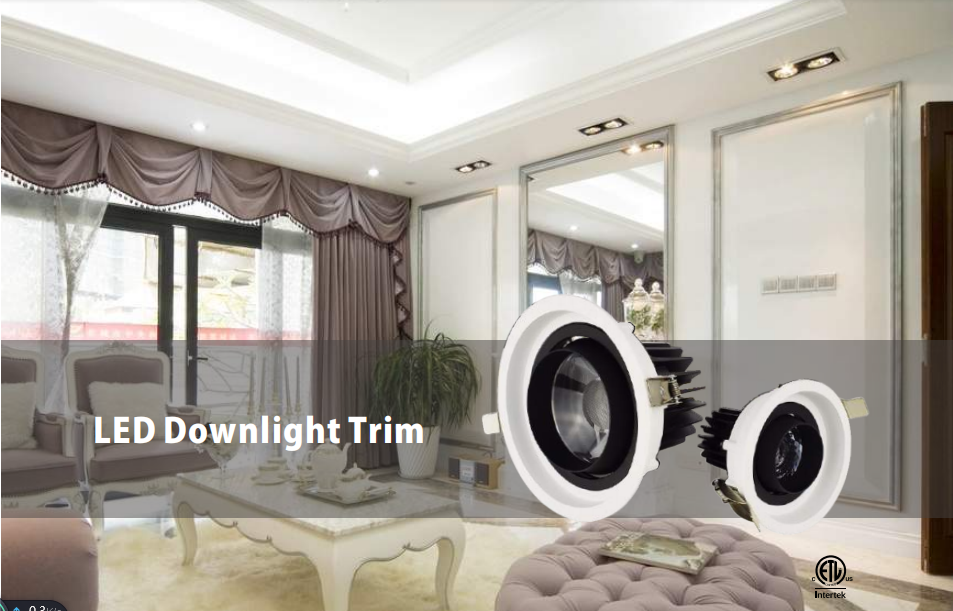
2. Is LED Lighting Bad for Your Health?
Due to its growing popularity, LED light technology has been under a microscope with a lot of people trying to determine whether or not there are any harmful effects of led lights.
The biggest setback with LEDs is Blue Light Pollution.
Blue light is often a strong contributor to eye health problems like age-related macular degeneration, cataract, and retinal changes in cases of high-exposure over a short period.
But:
Before you brand LEDs as bad for your health, please note that it takes quite a lot of time and exposure to blue light for your health to be affected.
Most importantly:
If you compare this setback to all health hazards that come with other lighting technologies, you’ll realize that LEDs are probably the safest sources of light after sunlight.
For example:
Halogen bulbs often contain heavy metals that are not only dangerous for humans but also bad for the environment.
The toxic vapor present in CFLs can stay in the air for weeks and is also very harmful to human health. Not to mention the electromagnetic radiation these “energy savers” emit.
Aside from flickering that can lead to strained vision, Fluorescents also contain mercury which is a very poisonous chemical.
Incandescent bulbs have the shortest lifespan and often heat up easily, hence, they are not only energy inefficient but also very expensive to maintain. Plus, they are very bad for the environment.
With LED lights, you won’t have to worry about all these problems and more; which is why a lot of experts often recommend LEDs as healthy lighting for the home.
Anyway, there’s still a lot you need to know to fully answer the question: is LED light safe?
Here’s more:
That being said, LED panels use green lighting technologies.
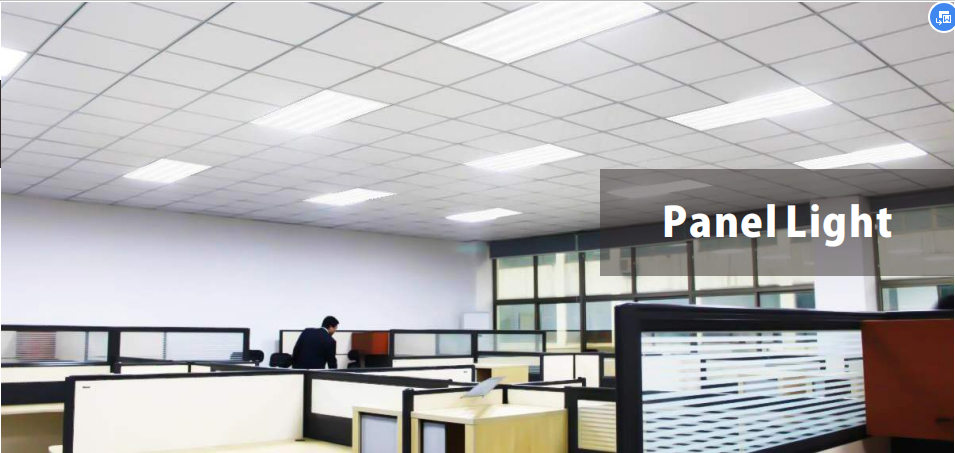
Which means they are very kind to the environment.
So, you won’t have to worry about environmental pollution.
Since these luminaries are made from recyclable materials, they can be re-purposed when they outlive their usefulness.


